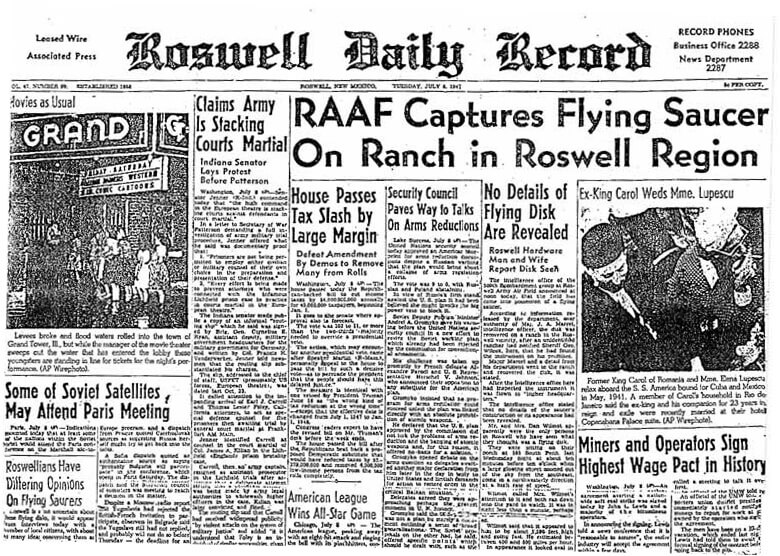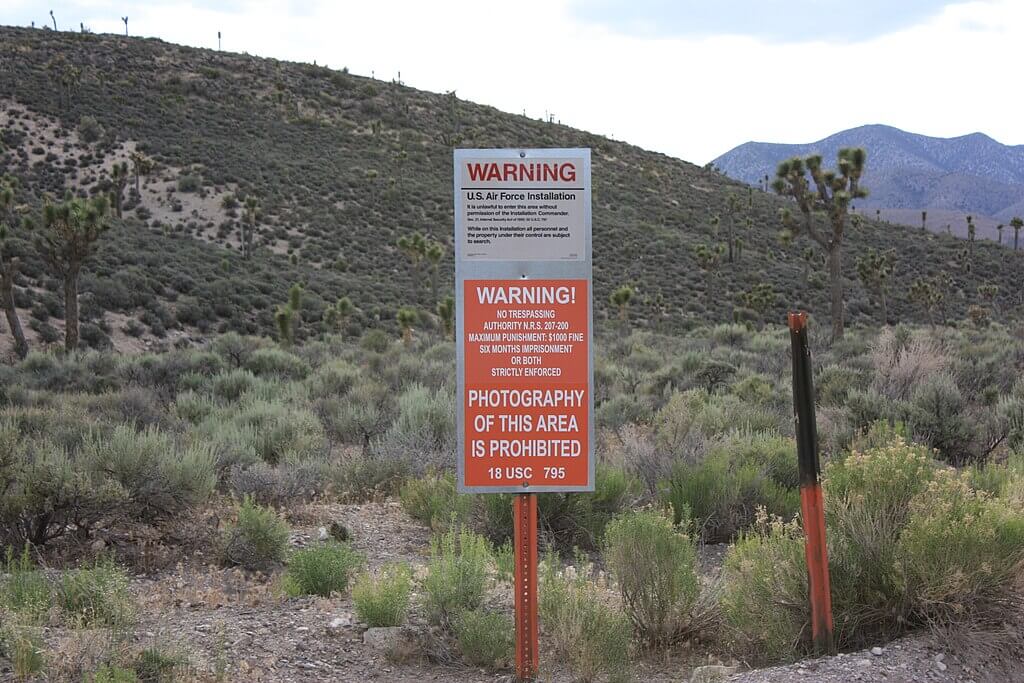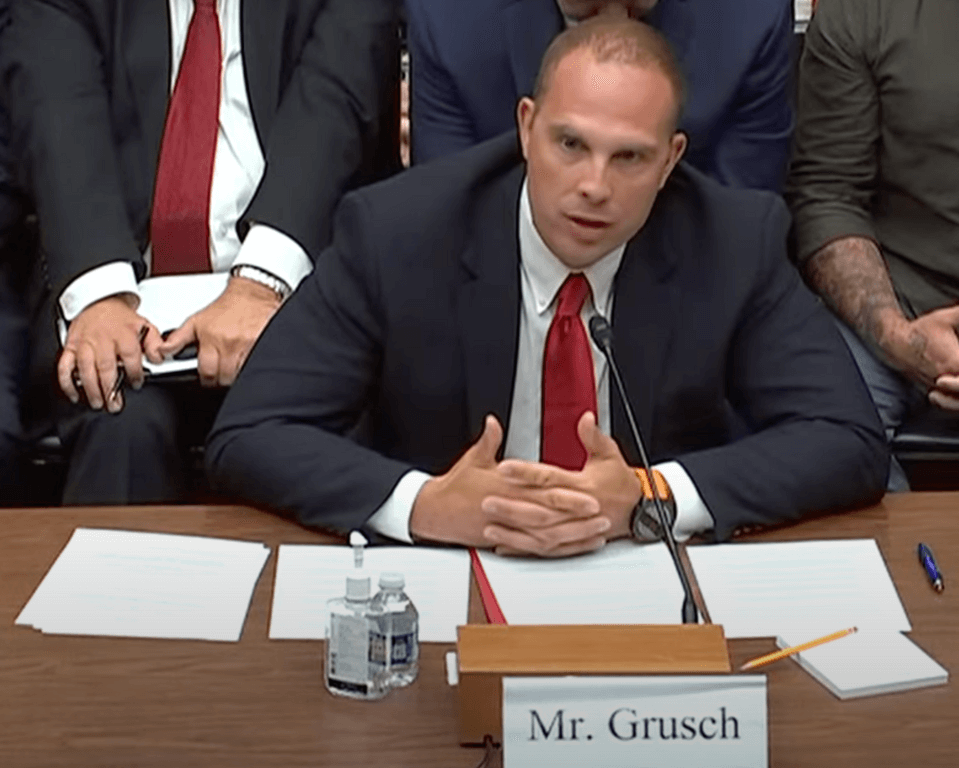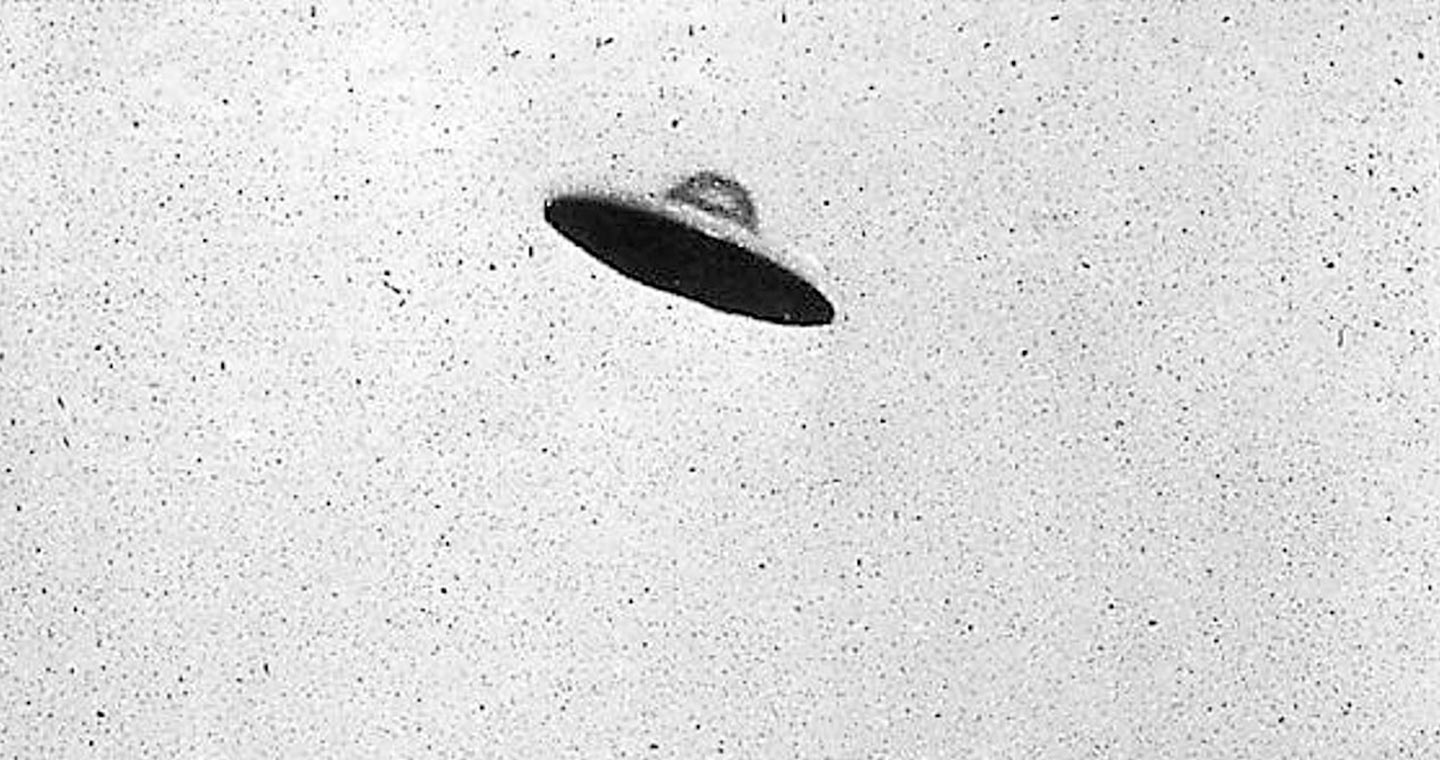The term “Unidentified Flying Object” (UFO) was first coined by the United States Air Force (USAF) in 1953. The term was intended to replace the popular phrase “flying saucer,” which had become widely used following a wave of sightings in 1947.
The initial motivation behind the introduction of the term “UFO” was to provide a more general descriptor for any airborne objects that could not be readily identified, rather than implying they were extraterrestrial spacecraft. While the term “UFO” does not intrinsically denote an alien origin, over time it has become almost synonymous with the idea of alien spacecraft in popular culture.
Despite this, in technical and investigative circles, “UFO” is used in its literal sense: an unidentified flying object. This object may eventually be identified as a conventional aircraft, weather phenomenon, or other mundane entity. However, a small percentage of UFO cases remain unexplained after investigation, contributing to the ongoing intrigue and speculation surrounding the term.
The Roswell Incident: The Genesis of the UFO Phenomenon
In the annals of the unexplained and extraterrestrial, few events loom as large as the Roswell Incident. Occurring in July 1947, in Roswell, New Mexico, this event marked a significant turning point in the public’s perception of Unidentified Flying Objects (UFOs), effectively acting as the genesis of the modern UFO phenomenon.
The story began when a rancher named Mac Brazel discovered strange, metallic debris scattered across his land. He reported his find to the local sheriff, who in turn notified the nearby Roswell Army Air Field. Military officials swiftly recovered the materials and initially claimed they were the remnants of a “flying disc”, sparking widespread speculation about extraterrestrial activity.

However, the U.S. military promptly retracted their initial statement, asserting instead that the debris was from a weather balloon. This rapid about-face only served to fan the flames of public intrigue, with many skeptical of the revised explanation. Despite the military’s efforts to quash the rumors, the Roswell Incident had already ignited a public fascination with UFOs that has endured for more than seven decades.
The Roswell Incident is particularly significant because it represents one of the earliest and most influential UFO events in history. The event set a precedent for future UFO sightings and encounters, establishing a pattern of initial disclosure followed by rapid denial and cover-up that has since characterized many alleged UFO incidents. Thus, Roswell effectively marks the birth of the modern public’s engagement with, and interest in, the UFO phenomenon.
The Evolution of UFO Sightings: Key Cases Across the Decades
Following the groundbreaking Roswell Incident, the world was no longer the same. The term “UFO” had not yet been coined, but the fascination with the idea of “flying saucers” was firmly entrenched in the public imagination. The subsequent decades saw a proliferation of reported UFO sightings, many of which became cornerstones in the lore of extraterrestrial encounters.
One of the most notable sightings came in 1952, during what is now known as the “Washington D.C. UFO incident” or the “Washington flap.” Over a series of two weekends in July, radar operators at Washington National Airport and Andrews Air Force Base tracked multiple unidentified targets, concurrent with eyewitness accounts of strange lights in the sky. Despite investigations, the incident was never definitively explained, further fueling public interest and concern about UFOs.
In 1961, the “Betty and Barney Hill abduction” introduced a new dimension to the UFO narrative – that of alien abduction. The Hills, a couple from New Hampshire, claimed to have been abducted and experimented upon by extraterrestrials. Their detailed accounts, recalled under hypnosis, included descriptions of the aliens and their spacecraft, adding a new layer to the developing UFO mythology.
Another pivotal incident occurred in 1975, with the Travis Walton abduction. Walton, a logger in Arizona, claimed to have been abducted by a UFO and held for several days. His account, supported by multiple witnesses who passed polygraph tests, became one of the most famous and scrutinized abduction cases.
As we entered the 21st century, sightings continued, but the nature of the reports began to change. With the proliferation of digital technology and the internet, sightings were no longer simply accounts told and retold, but could be shared globally, often with accompanying video or photographic evidence. Cases like the 2004 USS Nimitz encounter, where U.S. Navy pilots captured footage of an object exhibiting unusual speed and maneuverability, brought the UFO phenomenon squarely into the modern era.
In summary, the evolution of UFO sightings across the decades has been marked by a broadening scope and an increase in complexity. From mysterious lights in the sky to claims of abduction, and from anecdotal evidence to digital documentation, the phenomenon has continued to evolve, captivating the public and challenging our understanding of the known world.
Bob Lazar: The Whistleblower Who Revealed Area 51
In the realm of UFOlogy, few figures are as controversial and pivotal as Bob Lazar. His claims regarding the existence of extraterrestrial technology at a facility near Area 51 have been both fervently supported and hotly contested, making him a focal point in the ongoing discussion of UFOs and government secrecy.

Lazar first came into public prominence in 1989 when he appeared in an interview on Las Vegas local news under the pseudonym “Dennis.” He claimed to have been employed at a site called “S-4,” located near the now-infamous Area 51 in Nevada. According to Lazar, his role was to reverse-engineer alien spacecraft that the U.S. government had purportedly obtained. He provided detailed descriptions of the technology he claimed to have worked on, including a propulsion system that he asserted operated on an exotic element known as Element 115, which was not synthesized until years later.
These bold assertions, especially coming at a time when public interest in UFOs was high, thrust Lazar into the spotlight. Area 51, previously a little-known and rarely discussed military testing site, became a focal point for UFO enthusiasts and conspiracy theorists alike.
However, Lazar’s story has not gone unchallenged. Skeptics have pointed to inconsistencies in his accounts and lack of verifiable evidence. Attempts to confirm Lazar’s claimed educational background and employment history have proven inconclusive, casting doubt on his credibility. Meanwhile, supporters point to Lazar’s knowledge of classified locations and his ability to provide details on Element 115 before its official discovery as compelling proof of his assertions.
Despite the controversy surrounding Lazar, his influence on the cultural landscape is undeniable. He has played a significant role in shaping public perceptions of Area 51 and the potential for government possession of advanced, potentially extraterrestrial, technology. His narrative, whether wholly true, partially accurate, or entirely false, has fueled speculation and debate for decades.
In assessing Bob Lazar’s claims, it’s essential to maintain a balanced perspective. While his story is undoubtedly captivating, the lack of tangible evidence and inconsistencies in his account make it difficult to accept his claims without reservation. Nevertheless, his story serves as a compelling chapter in the ongoing saga of UFO encounters and government secrecy, reminding us of the importance of transparency and the quest for truth in an increasingly complex world.
Modern Whistleblowers and the Unveiling of the UFO Mystery: Where We Stand Today
In the present era, the discourse around UFOs (or UAPs – Unidentified Aerial Phenomena, as officially referred to by the U.S. government) has witnessed a significant shift. This shift has been largely driven by whistleblowers like retired Maj. David Grusch, whose claims suggest a government cover-up of long-standing programs to retrieve and reverse-engineer unidentified flying objects. Despite the Pentagon’s denial of these assertions, they have sparked renewed interest and opened up a fresh round of debate.

Grusch’s testimony before a House Oversight subcommittee in 2023 grabbed headlines, as he asserted knowledge of a “multi-decade UAP crash retrieval and reverse engineering program” which he was not allowed to access. Intriguingly, Grusch also suggested that the U.S. government might have been aware of “non-human” activity since the 1930s, further stoking the fires of extraterrestrial speculation.
However, the U.S. Defense Department countered Grusch’s claims, stating they had found no evidence to corroborate the existence of any programs involving the possession or reverse-engineering of extraterrestrial materials. This statement didn’t explicitly address UFOs that were not suspected of being extraterrestrial, leaving a gap for further conjecture.
The treatment of Grusch following his revelations is a noteworthy aspect of this narrative. Claiming retaliation for his whistleblowing, Grusch joins the ranks of those who have allegedly faced repercussions for their disclosures about UAPs. His experience underscores the fraught nature of this field, where sharing information can potentially come at a significant personal cost.
The bipartisan interest in Grusch’s testimony and the call for greater transparency reflects the shift from UFOs being a fringe topic to being seen as a matter of national security. This interest is underscored by the Pentagon’s own admission of having received “several hundreds” of new reports related to UFOs since the launch of a renewed investigation effort.
Notwithstanding these developments, the mystery of UFOs remains largely unsolved. While there are ongoing demands for more substantial information, particularly from the Pentagon, the final verdict on these phenomena is yet to be delivered. As Ronald Moultrie, the undersecretary of defense for intelligence and security, summed up, the investigation is still in its early stages and hasn’t yielded evidence to suggest an alien origin of the observed objects.
Today, as we stand on the brink of a new era in UAP investigation, the voices of whistleblowers like Grusch continue to challenge the status quo and push for greater transparency. Regardless of the ultimate veracity of these claims, one thing is certain: the conversation about UFOs has moved far beyond mere speculation about “little green men.” The focus has expanded to encompass considerations of national security, technological advancement, and even the nature of reality itself. As we forge ahead in our quest for understanding, it remains to be seen what further revelations await us in this extraordinary journey.
Historical Challenge: Can You Conquer the Past?
Answer more than 18 questions correctly, and you will win a copy of History Chronicles Magazine Vol 1! Take our interactive history quiz now and put your knowledge to the test!

